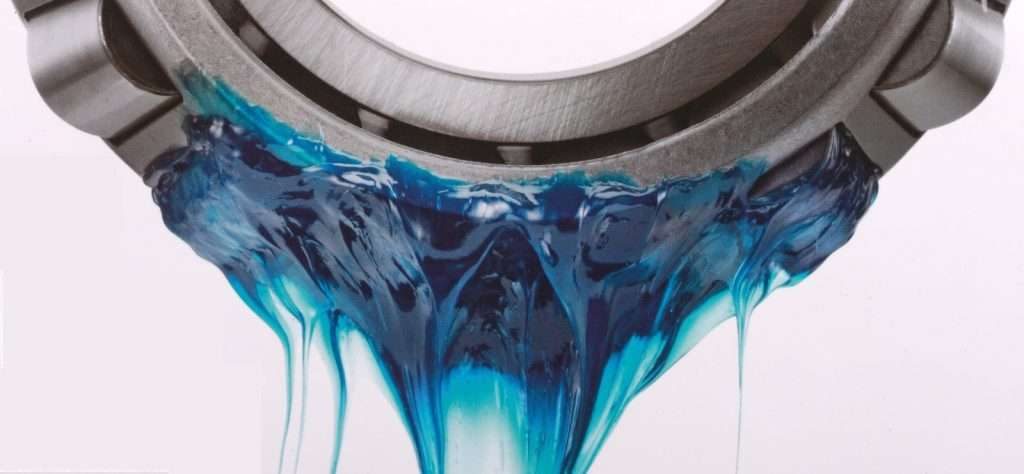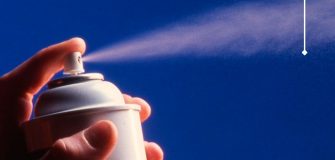Previous Article
Tips on Picking out Industrial Lubricants
Next Article
Guidelines for Corrosion Prevention
Next Up
Guidelines for Corrosion Prevention
November 14, 2018













